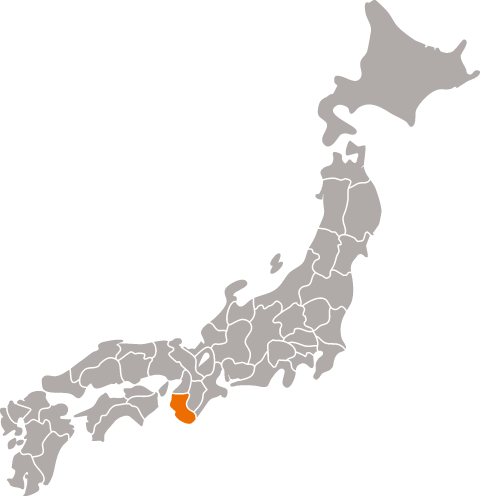Heiwa “Tsuruume” Kanjuku
Wakayama prefecture
Worthy of a crest
The name “Tsuruume” comes from combining Heiwa’s traditional brand, Wakatsuru (with “tsuru” meaning crane), and Wakayama’s exemplary fruit, ume. Not only that, Tsuruume is expressed as a family crest on the label, symbolizing their promise to use only natural acidity, umami and sweetness without any preservatives. “Kanjuku” means completely ripe, and this juicy, tart and sweet staple can’t wait to get in your repertoire.
Characteristics
| Brand | Heiwa |
| Brewery | Heiwa Brewing Company |
| Category | Other |
| Subcategory | Umeshu (Plum Wine) |
| Taste Profile | Rich & Sweet |
| Rice variety | N/A |
| Yeast variety | N/A |
| Alcohol | 10.00% |
| RPR | N/A |
| SMV | N/A |
| Acidity | N/A |
Serving Temperature

-
 Recommended
Recommended
-
 Not Recommended
Not Recommended
Region

Heiwa is made in Wakayama prefecture in the Kinki region.
Taste Metrics

Tasting Notes
-
Apricot

-
Apple

Recommended Pairing
-
Aperitif

-
Meat


Heiwa Brewing Company
A sake-loving gentleman married into the Yamamoto family and established the brewery in 1928, on what was originally temple grounds. After the hiatus during World War II, the company was renamed Heiwa, meaning peace and harmony. When the current fourth-generation owner, Norimasa Yamamoto, came back...
Learn moreCustomer reviews
Tippsy Sake Club
Our sommelier will recommend sake according to your taste when you join Tippsy Sake Club. Also enjoy:
- Members-only prices
- Discounted shipping
- An exclusive sake cup with your first club order
- and more!
All about sake
-
 Introduction
Introduction
Welcome To Your Sake Journey!
-
 Lesson 1
Lesson 1
What Is Sake?
-
 Lesson 2
Lesson 2
What Is Sake Made of and How Is It Made?
-
 Lesson 3
Lesson 3
What Is Rice Polishing Ratio?
-
 Lesson 4
Lesson 4
Types of Sake
-
 Lesson 5
Lesson 5
How To Store Sake
-
 Lesson 6
Lesson 6
How To Drink and Serve Sake
-
 Lesson 7
Lesson 7
Food Pairing Guide
-
 Lesson 8
Lesson 8
Best Sake Bottles and Brands for Beginners



